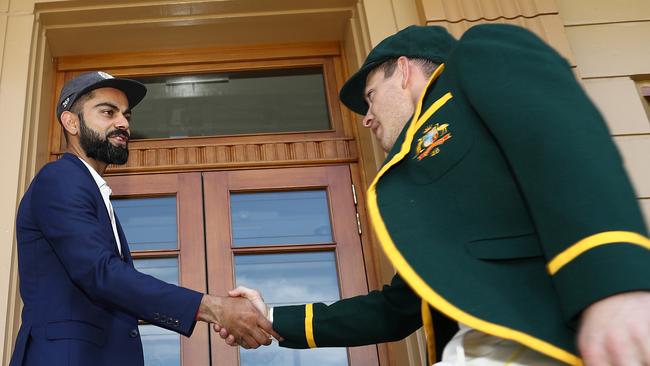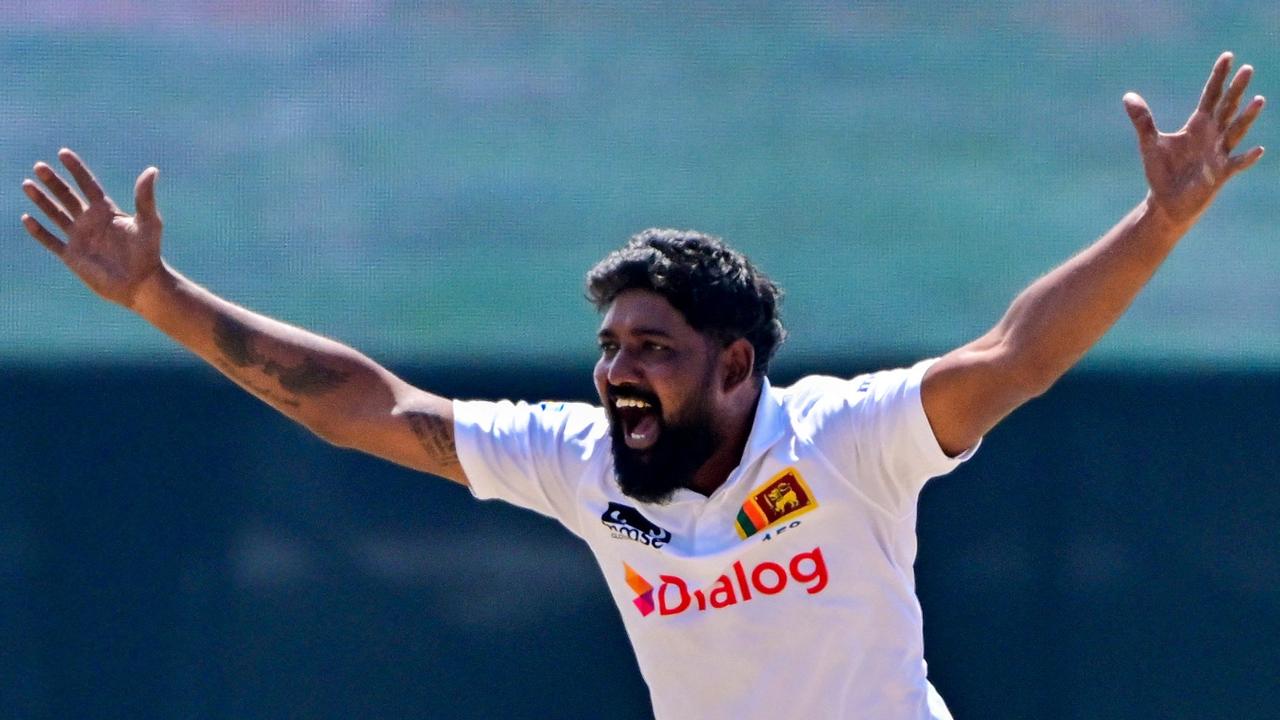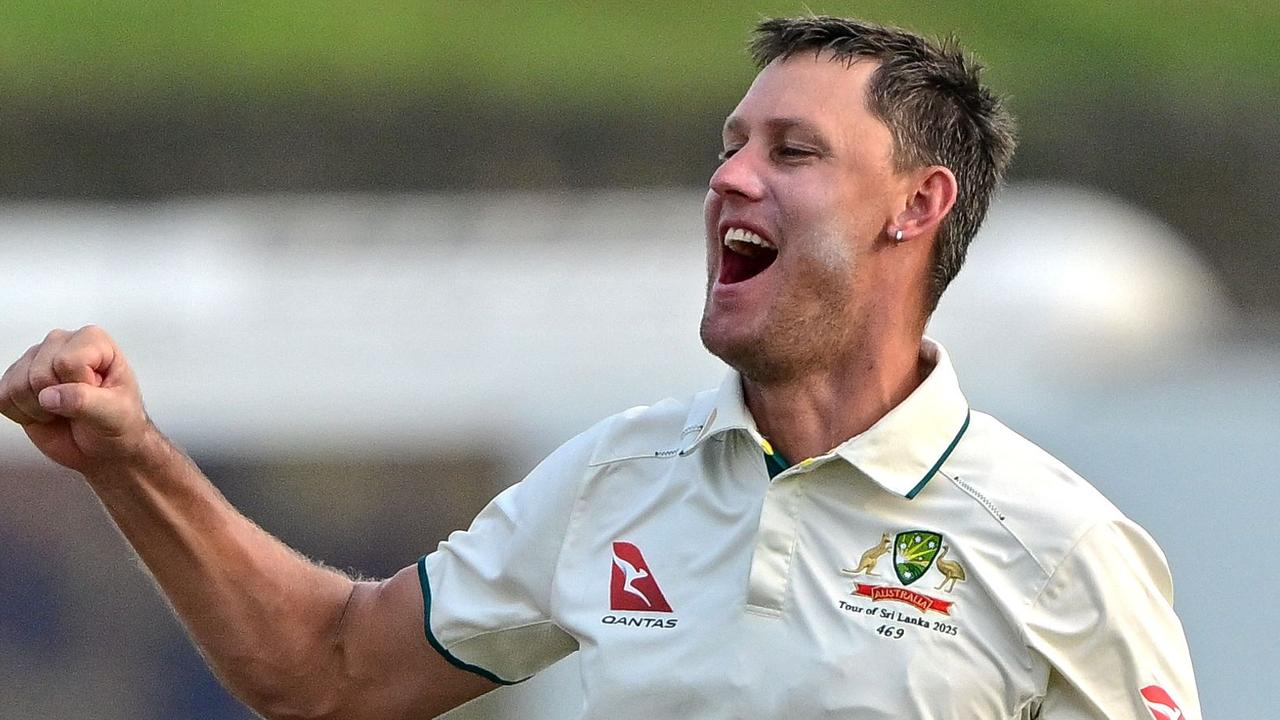Cricket: Australia-India series a battle of two worthy underdogs
This summer’s Border-Gavaskar Trophy starts with a novel feel as a contest that seems to involve two underdogs.

This summer’s Border-Gavaskar Trophy starts with a novel feel as a contest that seems to involve two underdogs.
Each team, one suspects, would like the other to be regarded as favourite, easing the burden of expectation, affording them slightly greater licence. Each team has a disconcertingly good case.
India sit atop international cricket’s Test ladder but in an era where quality is being stretched thin by the game’s various mutations this year they have lost six of eight Tests on the road.
Australia, depleted, rank fifth, but in this decade have lost only five and won 27 Tests on home soil.
Both combinations are bowling bulls, batting bears.
Australia’s top order, with Smith and Warner out of calculations for obvious reasons and Renshaw and Maxwell out of favour for less obvious reasons, look as temporary as a shantytown awaiting a bulldozer.
With the Sheffield Shield on hiatus from next week until February 23, moreover, there will be scant red-ball batting data for selectors to work off. Look forward to more hunches, favourites being petted and kites being flown. There will, of course, be bucket hats, so that’s all fine …
India, meanwhile, have problems very nearly as pressing. This week’s scads of armchair Kohliology — and seriously, can we generate any more? — is as much about the limitations of the rest of his order, now deprived of the precocious Prithvi Shaw, nor balanced by Hardik Pandya.
Kohli is clearly the most coveted wicket on either side — the one likeliest to touch off a mardi gras of celebration.
Daylight separates his away average (47.4) from those of Cheteshwar Pujara (36), KL Rahul (33) and the enigmatic Rohit Sharma (25). The reality is that better Indian line-ups than this have come to grief here.
The figure whose influence may be almost as great as Kohli’s is his vice-captain, Ajinkya Rahane.
Four years ago in these climes, admittedly in a flat pitch series bossed by batsmen, Rahane looked like the next big thing — cool, compact, disarmingly powerful.
Yet he had an indifferent time at last start against Australia, and has not scored a Test century since August last year. A return to form would be timely; it could even be decisive.
If nobody aspires to the mantle of frontrunner in this series, who deserves it? On balance, rankings notwithstanding, Australia. In this country, fast bowling affords a team a keen edge.
India’s bowling unit has strength in depth, but coming off a home series against West Indies faces an acclimatisation challenge. Tim Paine has the right toolkit in the most suitable workshop.
Mitchell Starc, Josh Hazlewood and Pat Cummins are only a year older than when they hoovered up 66 English wickets in last summer’s Ashes, and they have been vacuum-sealed since in anticipation of a demanding home summer.
Coach Justin Langer clearly esteems Peter Siddle, and has been prepared to overlook prior reservations about Chris Tremain.
On the sidelines loiter sprightly Jhye Richardson and sharpish Brendan Doggett, not to mention the dependable Scott Boland and Joe Mennie, neither of them 30, both at peak proficiency. Nathan Lyon, meanwhile, has quietly helped himself to 20 Shield wickets at 21.5 so far this season,
So as raggle taggle as Australia’s batting is, the team’s bowling should be capable of keeping targets within bounds. And sublime as he is, Kohli also made only 46 runs in five hits against Australia last year, cutting a distracted and skittish figure before he was overtaken by injury — just saying.
Yet this does, quite legitimately, add to the pressure on the home team, and on Langer, under whom the Australians have so far played 24 international matches, winning only six, and half of these T20 international victories over Zimbabwe and the UAE.
Like his predecessor Darren Lehmann, Langer had the paradoxically good fortune to inherit a shambles, with proportionately diminished expectations. Unlike Lehmann, he has no Mitchell Johnson lurking just out of view to bend the world to Australia’s will.
Cricket Australia took a sizeable bet on Langer — a four-year contract to coach in all three formats including selectorial responsibilities and splendiferous resources. He embarked on his task with ample goodwill and evangelical zeal.
So far, apart from the enjoyably wacky “elite honesty” meme, the pay-off has been disappointing. Judgment, rightly, will be suspended until evidence is in from a home series. But don’t be surprised if, in the event of setbacks, it is unsparing. Players can redeem themselves by individual attainments; the coach, implicated in every collective failure, has an unavoidably harder lot.
On his appointment in May, Langer embraced the idea of odds stacked against him. “We (Australians) love to win, but we don’t like to win by too much because we like to be the underdogs,” he said.
Winning by too much has not been a challenge for him since. And the status of underdog, for all its romance, is not one you can build a career on.


